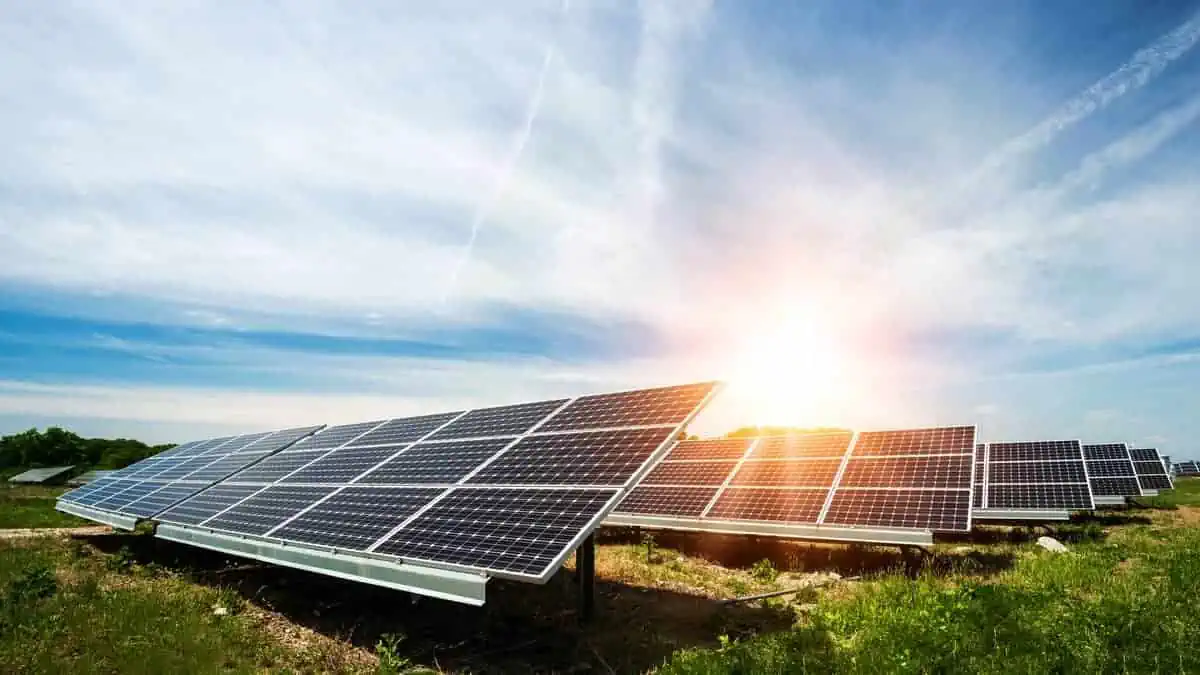The US Energy Information Administration (EIA) forecasts the solar industry to generate more electricity annually than hydropower in 2024, marking a significant development in the country’s energy sector.
Forecast highlights
The EIA has just published its “Short-Term Energy Outlook” on October 7. According to the report, the US annual solar generation will exceed annual hydropower generation by a notable 14% in 2024.
Specifically, sunshine-based electricity will generate over 318 billion kilowatt-hours of capacity next year. It demonstrates a significant disparity from the expected 284 billion kWh capacity from hydropower.
Fortune noted that solar already beat hydropower in September, but it is only on a monthly basis. That said, the 2024 forecast will be the first time solar will surpass the threshold on an annual basis.
This growth is largely due to the surging adoption of utility and small-scale solar technologies, such as rooftop solar panels.
“Generation from renewable energy sources is the main contributor to growth in US electricity generation over the STEO forecast horizon. The share of total US generation from renewables rises from 21% in 2022 to a forecast share of 22% in 2023 and to 24% in 2024. Much of this increase is the result of an expected 60 gigawatts of new solar generating capacity entering service during 2023 and 2024. We believe that the solar capacity increase, in addition to our forecast of increased hydropower generation and modest gains in new wind capacity, will reduce generation from fossil fuel-fired power plants. We forecast the US natural gas generation share will fall from its record high of 42% in 2023 to 41% in 2024, while coal’s generation share continues to fall from 16% to 15%.”
EIA
Solar vs. Hydropower: 2009-2022 growth
Electrek reported that solar capacity installations in the US grew 44% annually on average from 2009 to 2022. Meanwhile, hydropower capacity deployment increased by only sub-1% in the same period.
It is also worth noting that wind energy generation per year has also overthrew hydropower generation in 2019 amid the US’ increasing adoption of solar and wind energy.
Incentives boost renewable energy deployment
The report further noted that government support through incentives, such as those under the Inflation Reduction Act, largely aids the widespread shift to renewable energy generation in the US.
US solar capacity deployment reached over 125 gigawatts as of August 2023. Of that total, utility-scale solar accounted for 80 GW, while small-scale solar contributed about 45 GW. Meanwhile, hydropower installations remained stable at approximately 80 GW for the past few decades.
The significant advancement of solar power generation is highly possible to be permanent. Apparently, weather patterns lowered the hydropower generation capacity in the US through August 2023 as it relies on seasonal hydrologic circumstances and long-term weather trends.






